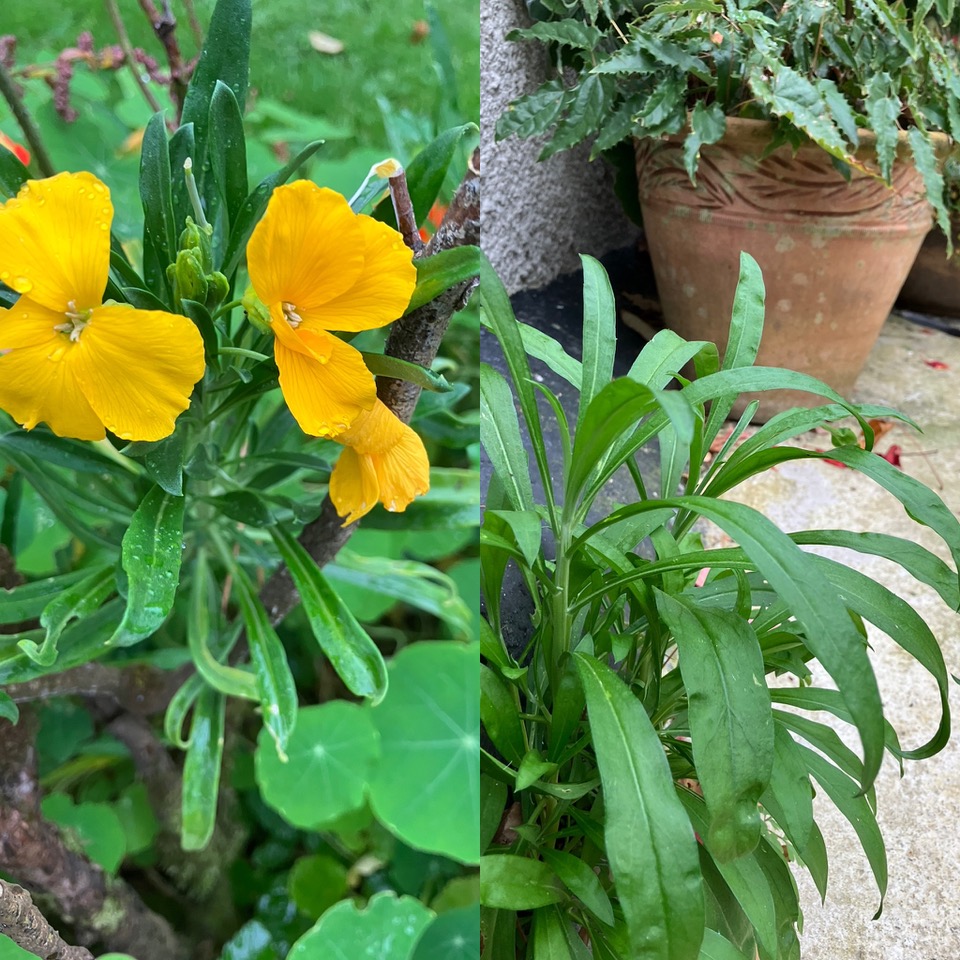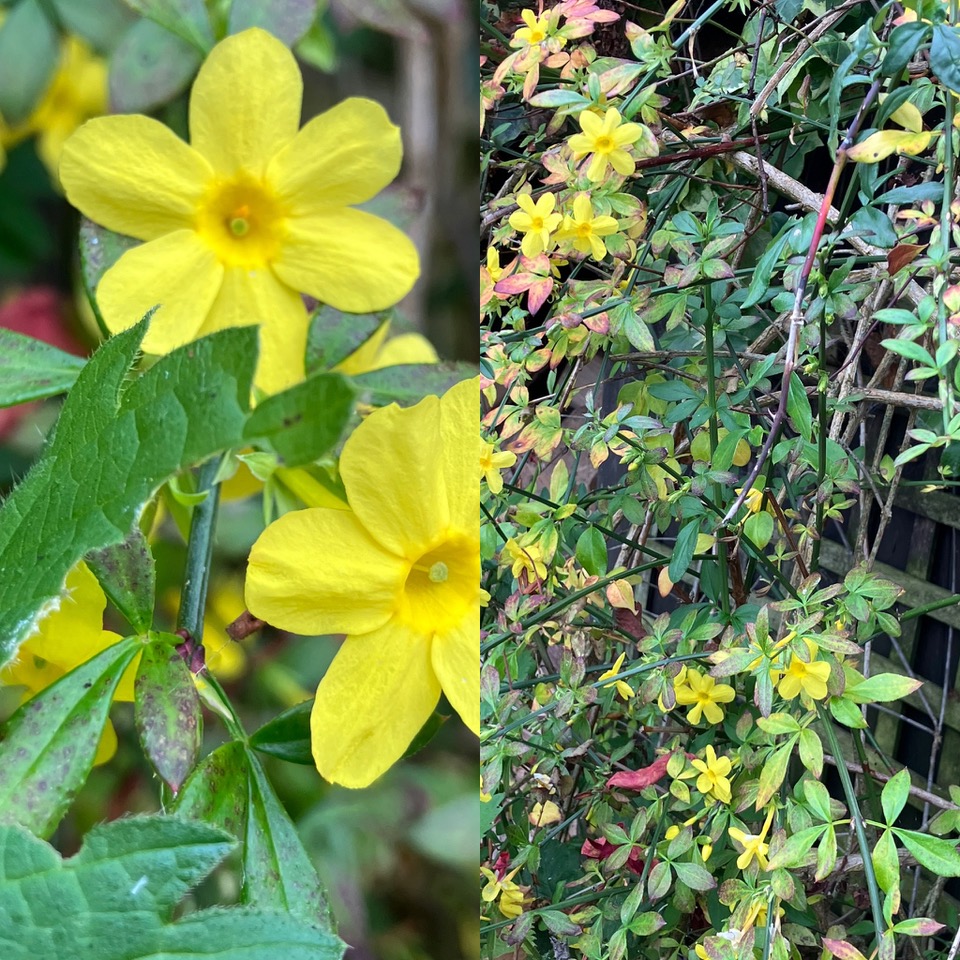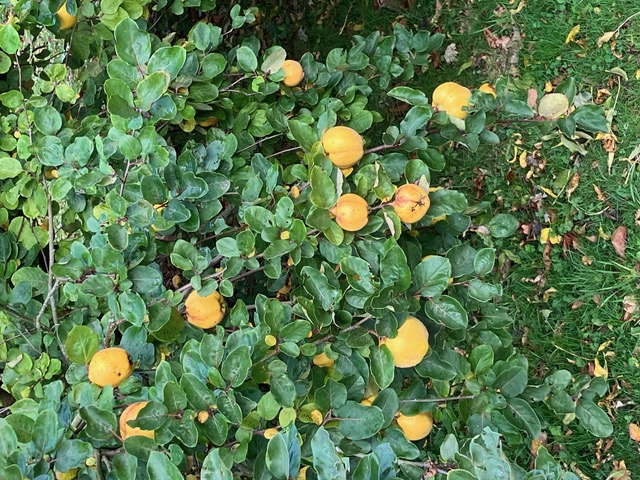Of Quince and Gillyflowers - November in the Lewis Cottage Garden
Late flowering gillyflowers and a prolific quince harvest at Lewis Cottage Garden, prompts Richard Orton to reminisce about his grandmother’s garden and to share his recipe for membrillo, a quince paste to accompany cheese. He also offers his gardening tips for the next month.
Recently, the distinctive clover-like scent of a gillyflower in the garden took me straight back to my grandmother’s tiny terrace garden which was always filled with gillyflowers (as she called them, but more commonly known as wallflowers) in spring. It was definitely the scent of a gillyflower so I retraced my steps and there was a single bright yellow gillyflower blooming against the wall of our holiday cottage. But as any gillyflower detractor will tell you, at this time of year they should look like cabbage plants.
The origin of the term gillyflower is uncertain with some sources saying it comes from the Old French word girofle, meaning "clove".
The wallflowers, winter jasmine and a calycanthus Aphrodite are still in bloom and the quince tree is dripping with its apple/pear like fruit.




It’s been a good year all round for fruit growers with increases in yield of between 50% and 100%. But the fruiting cycle of a quince tree can be fickle: year 1 – no quince; year 2 – no quince; year 3 – no quince; year 4 – a few quince; year 5 tons and tons of quince; year6 – no quince (and repeat).
I shall be picking my quinces soon and making jelly and some membrillo to accompany Manchego cheese. Here is my membrillo recipe.
Membrillo
4lbs quince, washed, peeled, cored and roughly chopped
1vanilla pod, split
2strips of lemon zest (1/2” x 2”)
3tablespoons of lemon juice
4cups granulated sugar
Put the quince pieces, vanilla pod and lemon peel in a large saucepan, cover with water and bring to the boil. Reduce to a simmer and cook until the quince pieces are tender (30-40 minutes). Strain and discard the vanilla pod but keep the lemon peel with the quince. Purée the quince pieces and measure the volume. Measure out an equal volume of sugar. Return the quince purée to the large pan. Heat to medium-low. Add the sugar and stir with a wooden spoon until the sugar has completely dissolved. Add the lemon juice.
Continue to cook over a low heat, stirring occasionally until the quince paste is very thick and has a deep orange pink colour (1 – 1.5 hours).
Line an 8” x 8” baking pan with parchment paper, greased with butter; add and level the quince. Dry the membrillo paste in a low oven (50°C/125°F) for an hour or longer. Remove and allow to cool. Store in a refrigerator.
To serve, spread small slices of membrillo on slices of Manchego cheese.
Jobs for the month ahead
- Plant daffodil, tulip and allium bulbs now for spring.
- Plant bareroot ornamental trees and shrubs.
- Plant perennials and biennials that you’ve grown from seed this year.
- It’s a good time to clean and disinfect a greenhouse to prevent pests and diseases over-wintering.
- Reuse compost from annual container displays as a garden mulch.
- Reuse old grow bags by cutting away the tops and sowing late salad crops. Extend the cropping season by growing them under glass, cloches or polytunnels.
For more information on the garden at Lewis Cottage visit our website here






